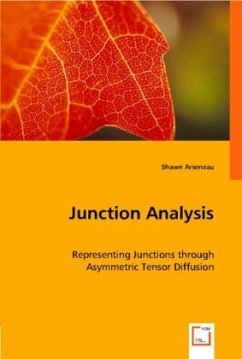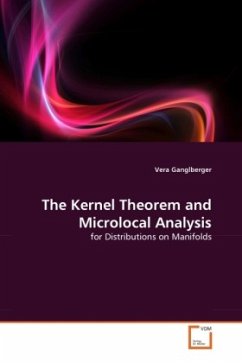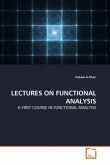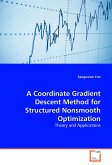Gradient-based junctions form key features in such applications as object classification, motion segmentation, and image enhancement. Asymmetric junctions arise from the merging of an odd number of contour end-points such as at a Y-junction. Without an asymmetric representation of such a structure, it will be identified in the same category as X-junctions. This has severe consequences when distinguishing between features in object classification, discerning occlusion from disocclusion in motion segmentation and in properly modeling smoothing boundaries in image enhancement. A novel method is proposed that results in an improved approximation of the underlying contours, through the use of asymmetric junctions. The method combines the ability to represent asymmetric information, as do a number of convolution methods, with the robustness of local support obtained from diffusion schemes. This work investigates several different design paradigms of the asymmetric tensor diffusion algorithm. The proposed approach proved superior to existing techniques by properly accounting for asymmetric junctions over a wide range of scenarios.
Bitte wählen Sie Ihr Anliegen aus.
Rechnungen
Retourenschein anfordern
Bestellstatus
Storno








